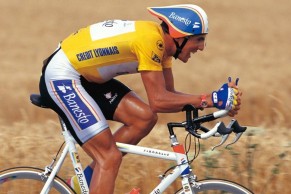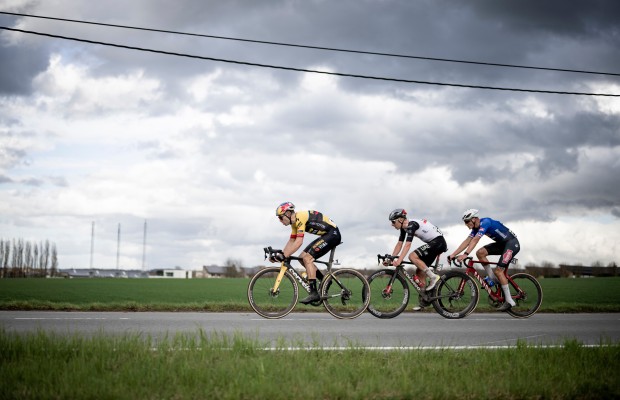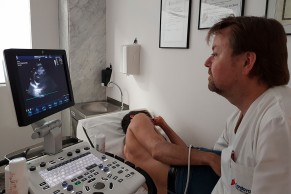Why is resting heart rate so important for cyclists?
Years ago, when Miguel Indurain dominated cycling, many mainstream media outlets cited as a fact of the Navarrese's extraordinary qualities that his heart beat at 28 beats per minute at rest. A parameter that gives us a lot of information about the cyclist's physical condition. We explain how to use it.
Train the heart and not just the legs
Despite power training dominating the current paradigm, we still see how professional cyclists continue to use the heart rate monitor strap to monitor their heart rate. Beyond the fact that heart rate training can still be a valid tool for regulating intensity and determining the different training zones in amateur cyclists, heart rate and parameters such as variability or resting heart rate provide the coach with certain information about how the cyclist assimilates the training loads.

Today we are going to talk about resting heart rate, which is defined as the number of heartbeats per minute when we are resting. A data that is usually measured as soon as we wake up while lying in bed. Currently, with the increased precision of wristbands and activity monitors, it is possible to obtain a more precise data by knowing how low our heart rate drops during sleep.
RECOMENDADO

How many calories are burned when cycling

What is heart rate variability and how does it affect the cyclist?

Fat Max Training to efficiently eliminate fat

Change wheels if you want to transform your bike's behavior

What bike size do you need? Here's how to find out

How does age affect performance and recovery?
In the general population, this value varies between 60 and 100 beats per minute, considering a higher value as tachycardia and a lower value as bradycardia from a medical point of view. In both cases, a medical evaluation is required to rule out any associated anomalies.
In the case of endurance sports, such as cycling, bradycardia is perfectly normal, associated with adaptations of the cardiovascular system to physical activity. Let's not forget that the heart is a muscle and, as such, it develops with physical activity to be more efficient. In the case of cyclists, an increase in size and strength is common in order to pump more blood with each beat. An increase in size that is associated with a decrease in heart rate.
It is not uncommon, in trained cyclists, to observe values ranging between 30 and 50 beats per minute. In any case, it is advisable, along with the usual stress test that we should perform annually to ensure the health of our heart, to accompany, at the doctor's discretion, an echocardiogram with which the doctor can assess whether the increase in heart size is in response to the body's adaptation to exercise or if it is pathological.

As you can imagine, a lower resting heart rate is usually an indicator of good cardiovascular adaptation, that is, as we increase our fitness level, the heart rate tends to decrease. However, it is not a stable parameter but also varies due to other circumstances, which can give us clues about certain aspects of training if we monitor this parameter daily.
When the resting heart rate increases from one day to the next, attention should be paid. It is common for it to increase after having done high-intensity training the day before, as a sign that the body has not yet recovered from the effort made. Also, if the sleep pattern is not adequate, that is, if we are not resting enough, we will observe the same effect.
If the training loads have been appropriate, this should only last a couple of days, but if the resting heart rate continues to not decrease it may be a sign that we have overdone the applied load.
It is also possible to observe an increase in resting heart rate without being associated with an increase in training load when we are sick or about to get sick, so we should take this into account when planning the next sessions to give the body extra rest and allow it to recover.

Of course, at the end of the season, when we decrease our training, according to the principle of training reversibility, our physiological parameters will also regress, including resting heart rate which will reflect an increase as we lose physical fitness.
That is why activity monitors like the Oura ring or Whoop bands have become an essential tool for coaches that allow simple and constant monitoring of the cyclist's daily activity without depending on the cyclist, as was done in the past, to check and record their resting heart rate every morning upon waking up.